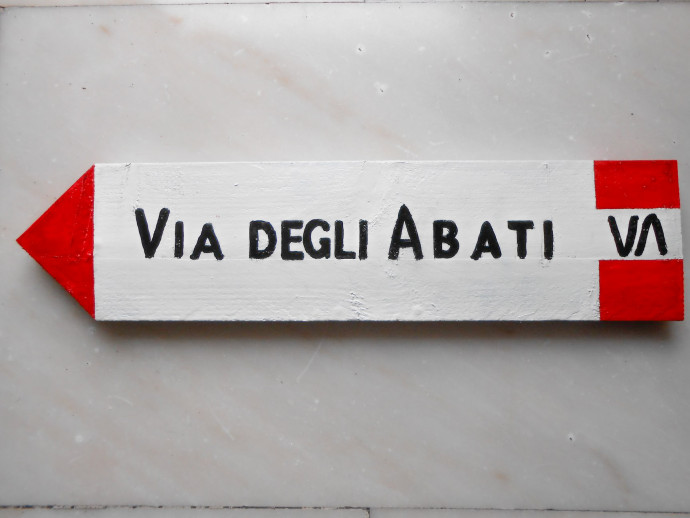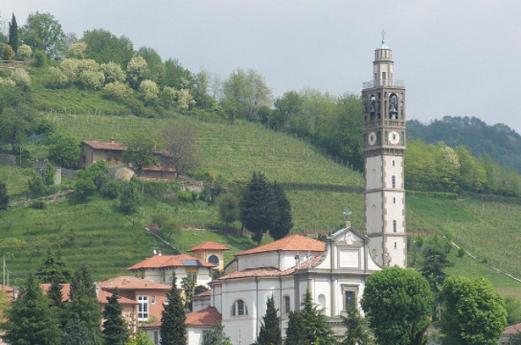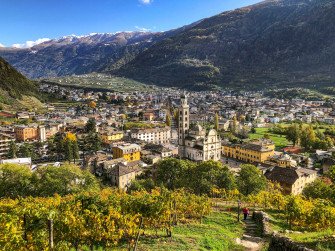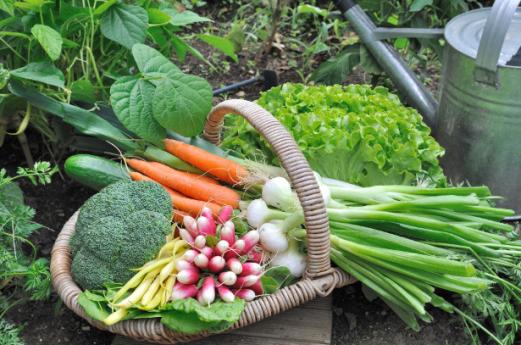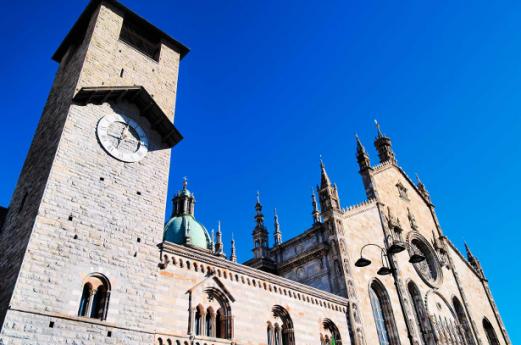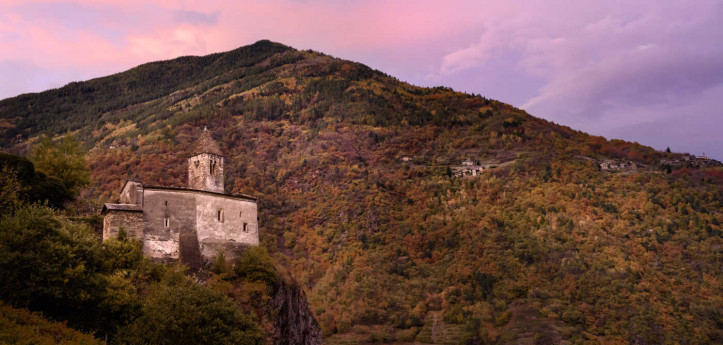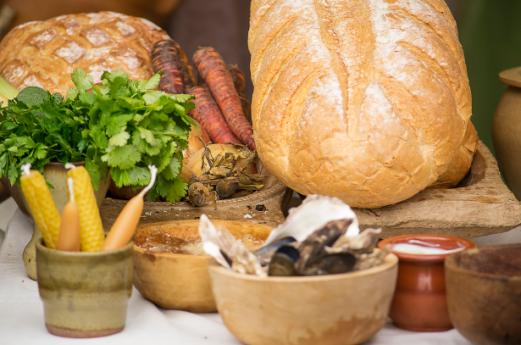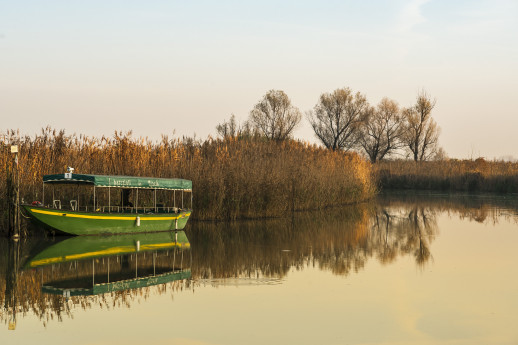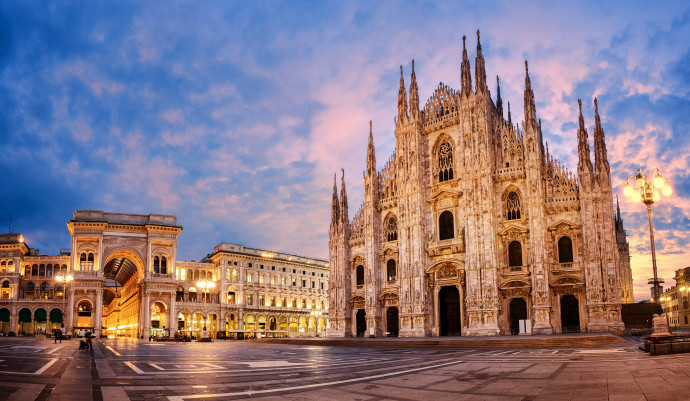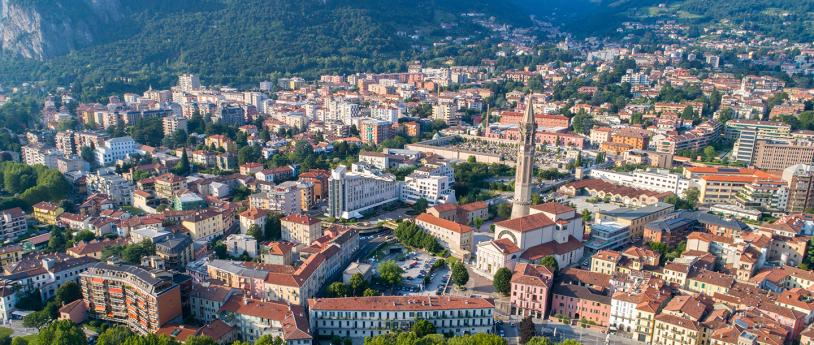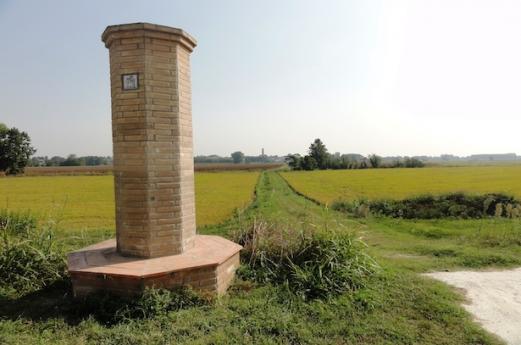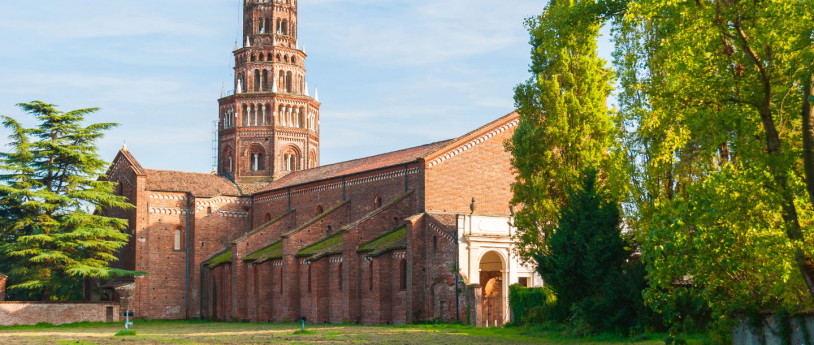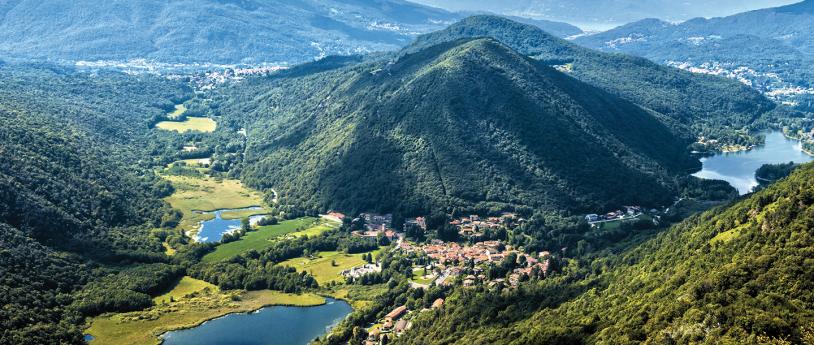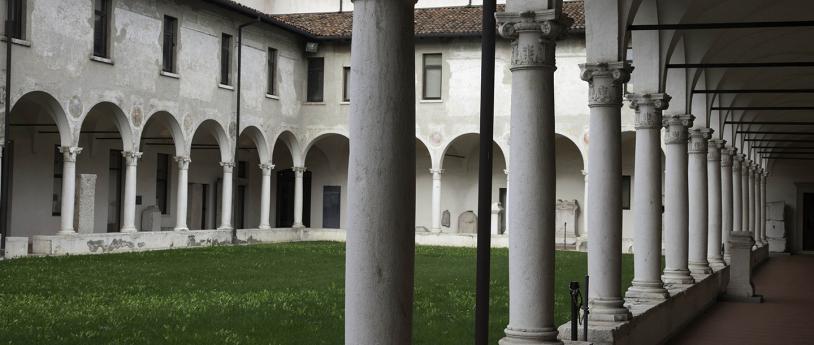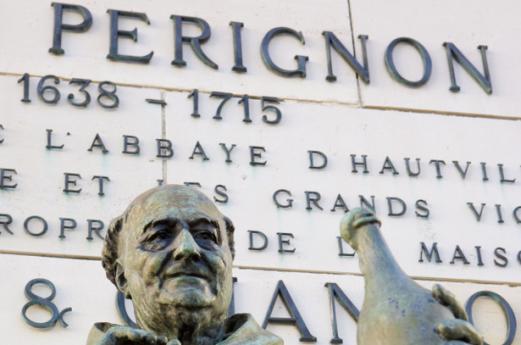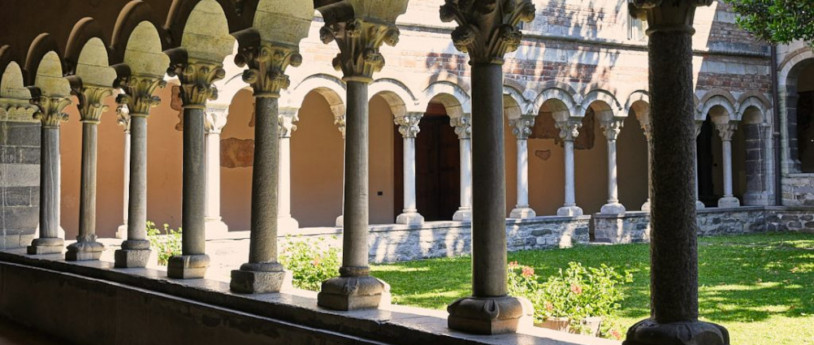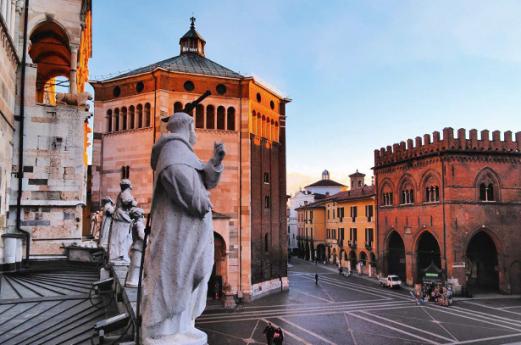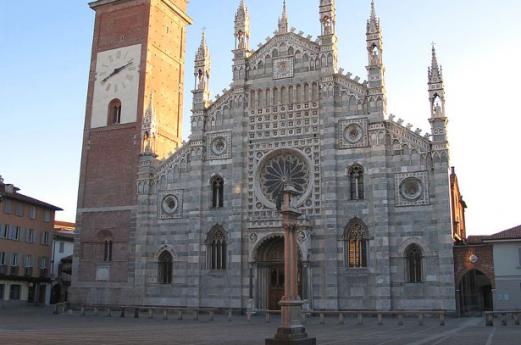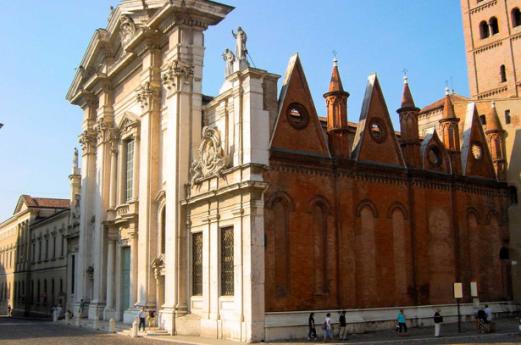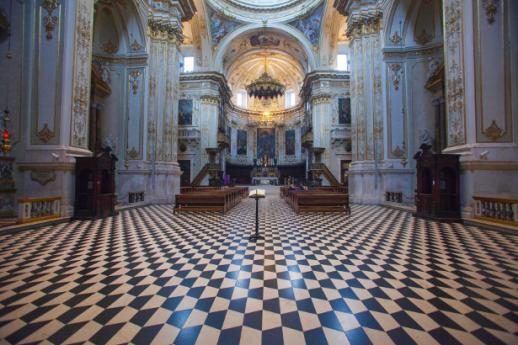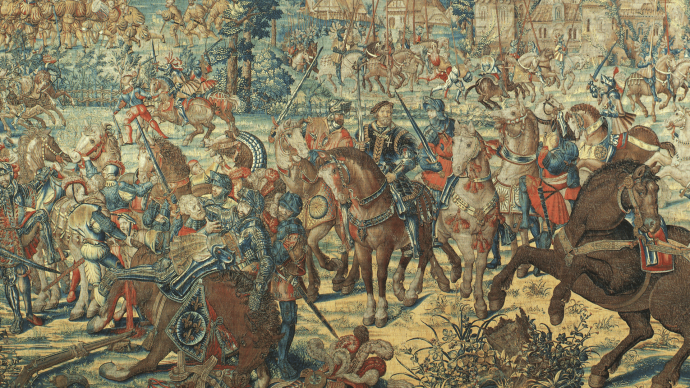- Religious Tourism
- Itinerari
- Active & Green
Via Francigena Renana
A Roman road between Reno and Po
The Rhenish Frankish Road or Via Francigena renana is a 300 kilometers long trail that goes from Coira (Grigioni - CH) capital of the ancient Raetia, along the Jakobsweg until Corte Sant'Andrea - Guado del Po (Via Francigena), connecting some of the most important historic religious itineraries in Lombardy: those known as Cammini della Regina, Cammino di San Pietro and Cammino dei Monaci into a single major north-south axis.
It is a continuum of roads that untangles through the ancient Spulga Pass towards the northern Alps, the Hinterrhein valley and southway along the confluences of the Lario and Po rivers (Mera, Adda, Seveso, Vettabbia, Lambro) through the Chiavenna Valley, Como and Milan. An ancient Roman road that was used during the time of the Holy Roman Empire as well. It was walked by reformers such as Martin Luther and Erasmus of Rotterdam, writers like Huygens, Goethe, Andersen, Browning and Conan Doyle, even painters like J. M. W. Turner passed through it.
It also makes part of a larger road that goes from Rotterdam to Rome along the Rhine valley, once used by pilgrims to in order to reach Rome.
One of the oldest itineraries for historical, trading and cultural exchange between Italy and the Transalpine area, but it is also a journey amid history, nature, spirituality and meditation while discovering the Region. Then there is the added value of taking a walk and finding the beauty of the heart of the Alps and Lake Como, Milan's secret core and the ancient plains roads that lead to a network of abbeys along southern Milan that goes into the Po river.
Let's not forget that the Road to Santiago and the "official" Via Francigena merge here, according to the Archbishop of Canterbury Sigeric, when he took this itinerary during the Xth century, he returned from Rome and went through Corte Sant'Andrea. For this reason, the symbol of this itinerary is a Jacobean pilgrim depicted with the colors of peace.
